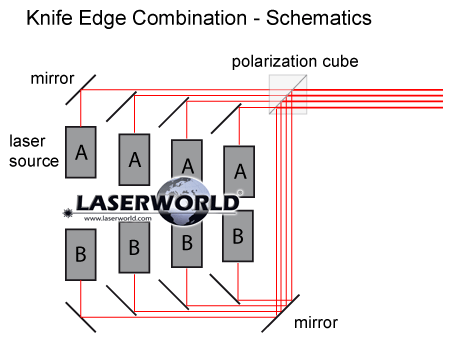- Joined
- May 19, 2015
- Messages
- 11
- Points
- 0
Probably the most helpful comment so far. Definitely going to have to look into diffraction gratings more deeply, but I don't like the sound of that word "diffraction".
(Most of you will probably discover that I'm currently a total novice in this field. If it seems like if I've only spent 3 days thinking up this idea and researching lasers in general, that's because such an evaluation would be totally accurate. Sorry!)
(Most of you will probably discover that I'm currently a total novice in this field. If it seems like if I've only spent 3 days thinking up this idea and researching lasers in general, that's because such an evaluation would be totally accurate. Sorry!)





